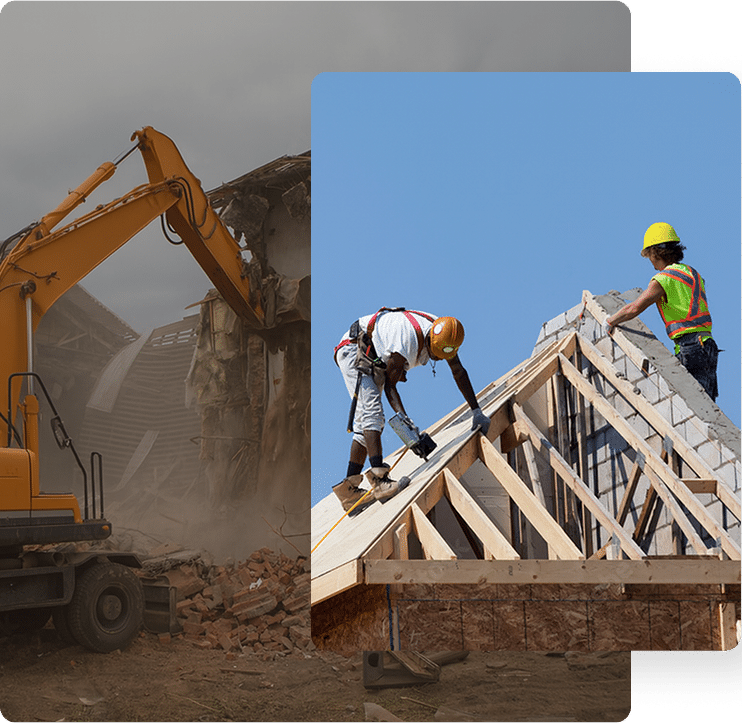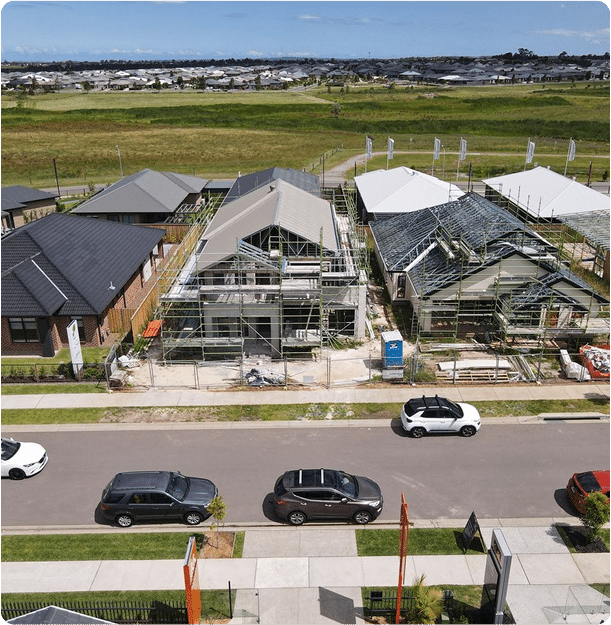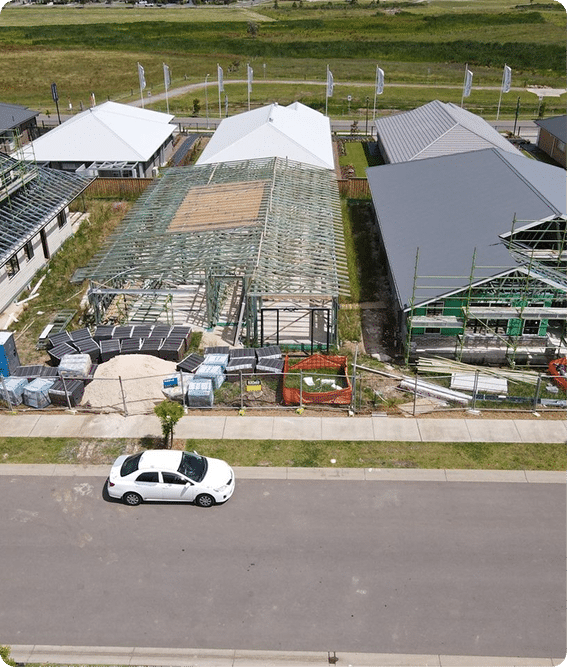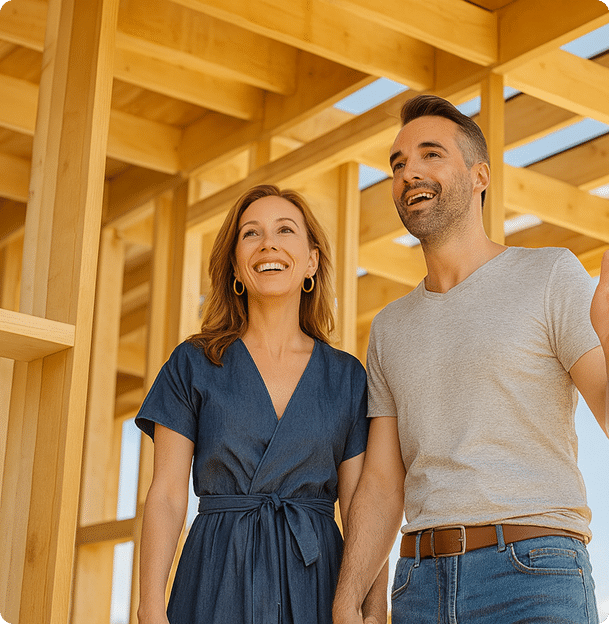Site Assessment
We inspect your block to review access, setbacks, slope, and local council guidelines.





Our team will assess your block, council requirements and goals to see if rebuilding is the right fit. It’s a great option if:
Our full-service knock down rebuild solution includes everything you need to move forward with clarity:


We inspect your block to review access, setbacks, slope, and local council guidelines.
We design a home that suits your lifestyle and land, and provide a fixed-price quote.
We manage council approvals.
Once the site is cleared, construction begins on your new home.
Enjoy your brand-new home in the neighbourhood you love.
With local experience across Sydney, Central Coast and the Hunter region, our team knows the ins and outs of knock down rebuilds – including heritage overlays, sloping blocks and narrow frontages. We’ll guide you through every stage and help bring your vision to life.

Straightforward answers to help you understand the quoting process, what’s included in your rebuild, and how it all works from start to finish.
Our instant quotes use current build rates matched to your selected design, inclusions, and site criteria. While it provides a reliable estimate, it may not reflect costs related to site conditions or custom upgrades. A detailed site assessment and consultation will confirm final pricing.
© 2025 Beechwood Homes. All Rights Reserved | ABN 50 132 370 104 | Builder's Licence Number 207765C
Privacy Policy | Terms & Conditions
Website by Wolf IQ